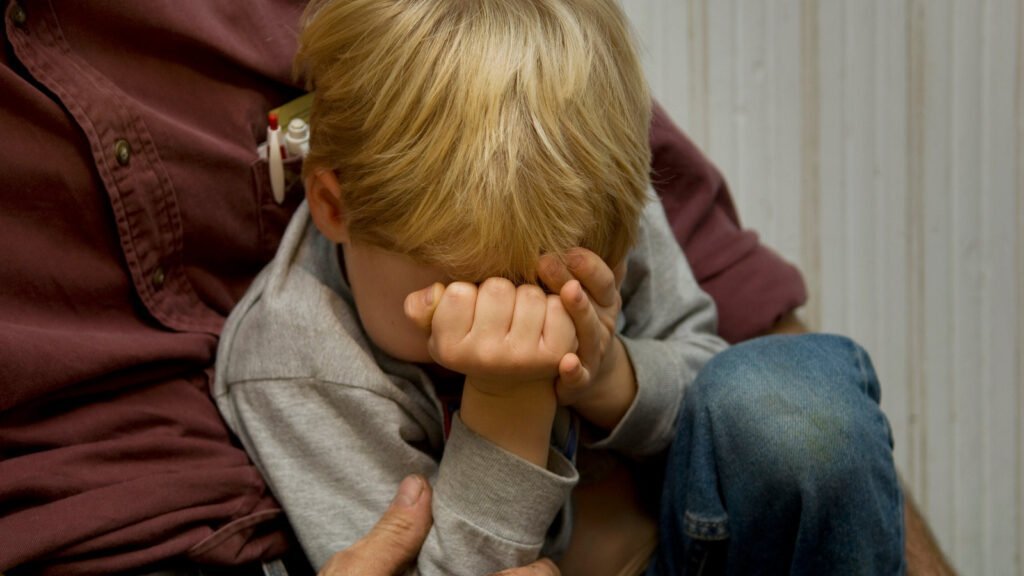Anxiety disorders in childhood and adolescence are a significant and often misunderstood mental health concern. These disorders can profoundly impact a young person’s life, affecting their social, academic, and overall well-being. Understanding the prevalence, causes, symptoms, and treatment options for anxiety disorders in this age group is essential for parents, caregivers, educators, and healthcare professionals.
Prevalence: Anxiety disorders are among children and adolescents’ most common mental health disorders. According to the National Institute of Mental Health (NIMH), approximately 31.9% of U.S. adolescents aged 13-18 experience an anxiety disorder at some point. These disorders often begin in childhood or adolescence and can persist into adulthood if left untreated.
Types of Anxiety Disorders: Several types of anxiety disorders can affect children and adolescents, including:
- Generalized Anxiety Disorder (GAD): Excessive worry and fear about various aspects of life, such as academic performance, relationships, and personal safety.
- Social Anxiety Disorder: Intense fear and avoidance of social situations, often due to a fear of being judged or embarrassed.
- Separation Anxiety Disorder: An excessive fear of being separated from caregivers or loved ones, leading to distress when separation occurs.
- Panic Disorder: Recurrent and unexpected panic attacks, sudden intense fear or discomfort episodes.
- Specific Phobias: Intense, irrational fears of particular objects or situations, such as heights, animals, or flying.
Causes: The development of anxiety disorders in children and adolescents is typically influenced by genetic, environmental, and psychological factors. Some potential causes and risk factors include:
- Genetics: A family history of anxiety disorders can increase the likelihood of a child or adolescent developing one themselves.
- Trauma or Stressful Life Events: Experiencing trauma, abuse, or significant life stressors can contribute to developing anxiety disorders.
- Brain Chemistry: Imbalances in neurotransmitters like serotonin and norepinephrine may play a role in anxiety disorders.
- Personality Traits: Some children may be more anxious due to their temperament and personality.
- Environmental Factors: High-stress levels, overprotective parenting, or exposure to media that portrays frightening or traumatic events can contribute to anxiety.
Symptoms: The symptoms of anxiety disorders in children and adolescents can vary depending on the specific condition but may include:
- Excessive worry or fear that is difficult to control.
- Restlessness or irritability.
- Muscle tension.
- Sleep disturbances.
- Avoidance of certain situations or places.
- Physical symptoms like stomachaches or headaches.
- Difficulty concentrating.
- Social withdrawal.
Treatment: Early intervention and treatment are crucial for managing anxiety disorders in childhood and adolescence. Treatment options include:
- Therapy: Cognitive-behavioral therapy (CBT) is often the first-line treatment for anxiety disorders in young people. It helps them identify and change negative thought patterns and behaviours.
- Medication: In some cases, healthcare professionals may prescribe medication, such as selective serotonin reuptake inhibitors (SSRIs), to manage severe symptoms.
- Family Involvement: Involving parents and caregivers in therapy and treatment can be beneficial for addressing family dynamics and providing support.
- Lifestyle Changes: Encouraging a healthy lifestyle with regular exercise, adequate sleep, and a balanced diet can help reduce anxiety symptoms.
- School-Based Interventions: Collaborating with schools to create a supportive and accommodating environment for anxious students can improve their academic performance and overall well-being.
In conclusion, anxiety disorders in childhood and adolescence are common but treatable mental health conditions. Early identification and intervention and a supportive environment are essential for helping young individuals manage their anxiety and lead fulfilling lives. Parents, educators, and healthcare professionals are critical in recognizing the signs of stress and providing the necessary support and resources to address it effectively.
